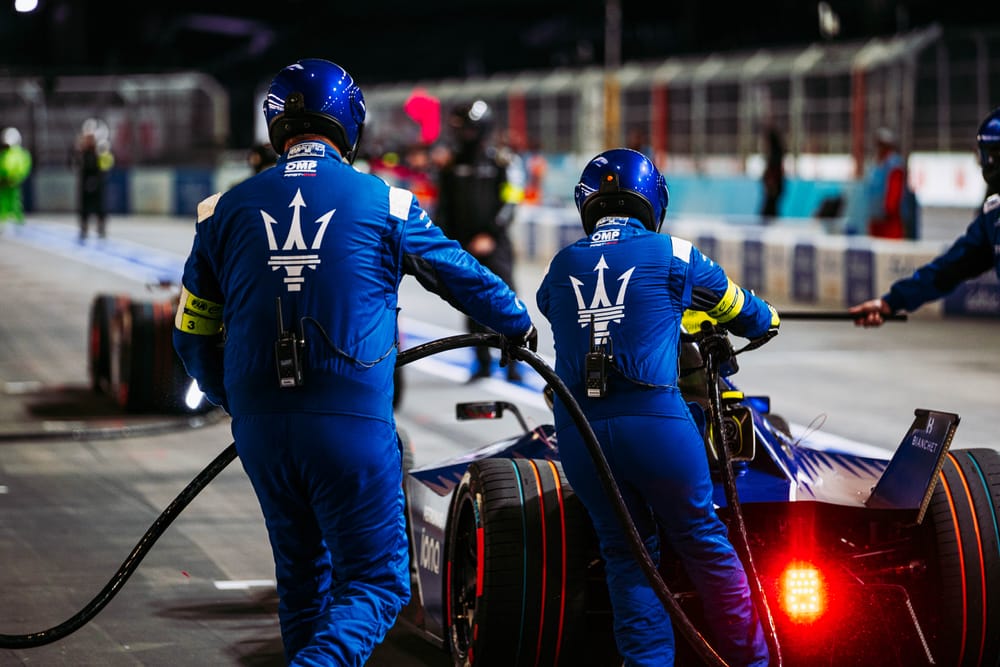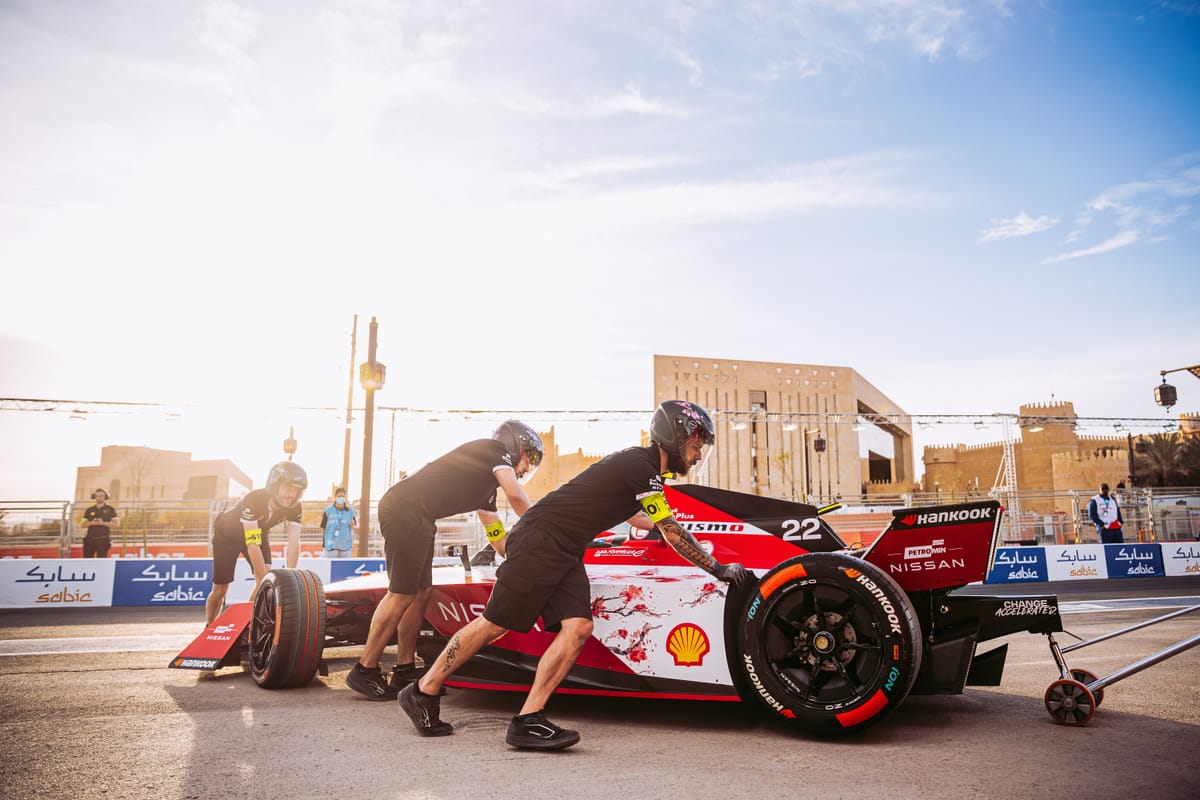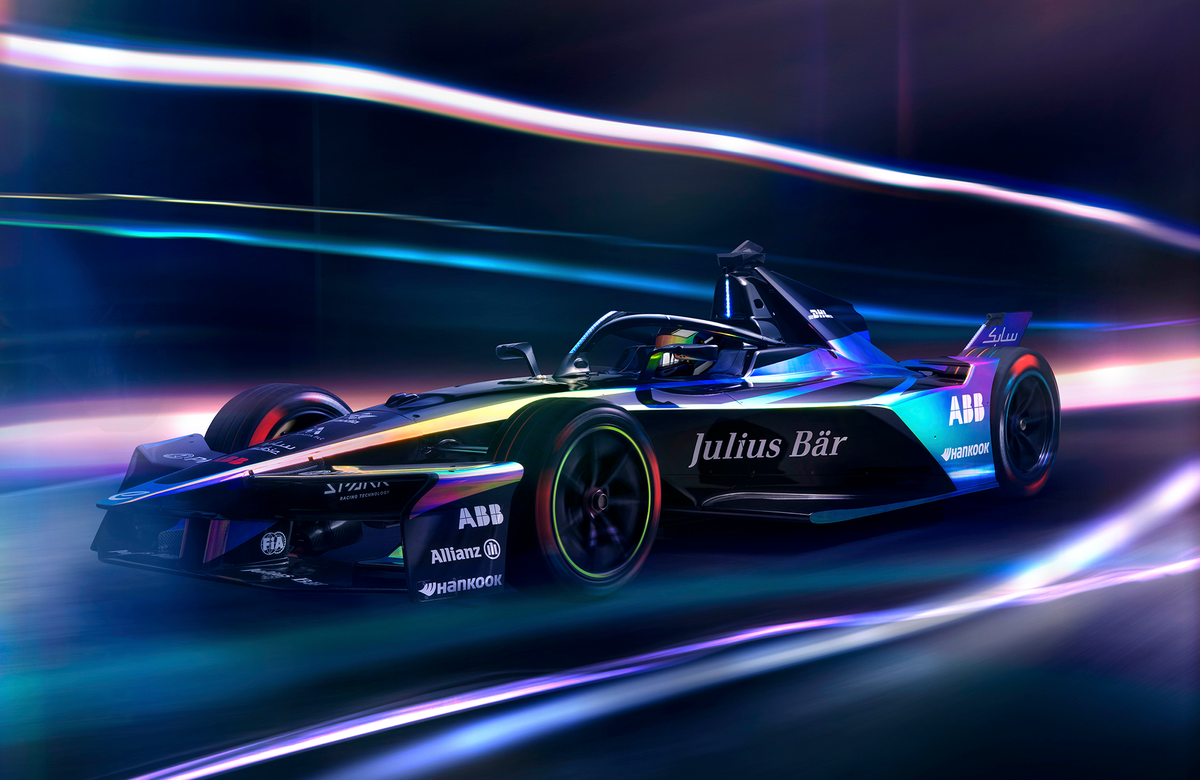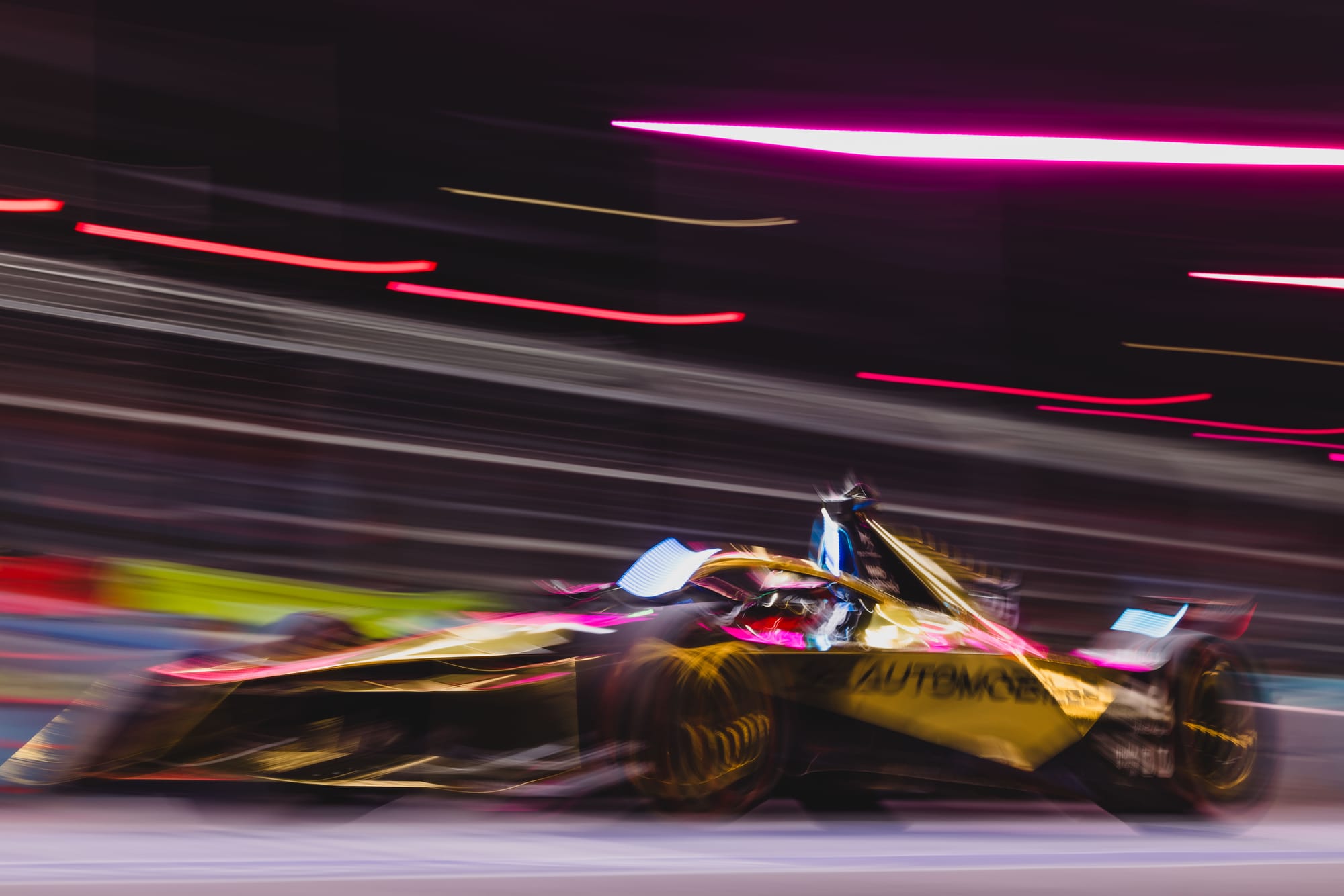Credit where it's due to everyone who's been involved in the ongoing saga of whether fast-charging pitstops eventually happen in Formula E. They aren’t letting it go.
Until the technology, known in the sporting regulations and colloquially as 'attack charge', has reached a specific level of maturity and dependability and is proven, it will not be used in races.
Development has been on/off, but once complete, each team will be allocated a Fortescue WAE-supplied boosting unit with a plug-in device that's inserted at the rear of the car for around a 30-second period. The added net energy via the fast-charging device will be limited to 3.85 kWh or approximately 10% of battery pack capacity.
The initial plan was to have the technology in place during the first Gen3 season in 2023 but this was delayed through difficulties in getting the units sourced and built for teams, partly due to a knock-on of the troublesome early period of development of the car itself in 2022.
Asked at the 2022 Valencia test about how his team was preparing for the attack charge era, Abt Cupra boss Thomas Biermeier laughed and shrugged, telling The Race “this [attack charge] was so far down our list of priorities that we haven’t even thought about it”.
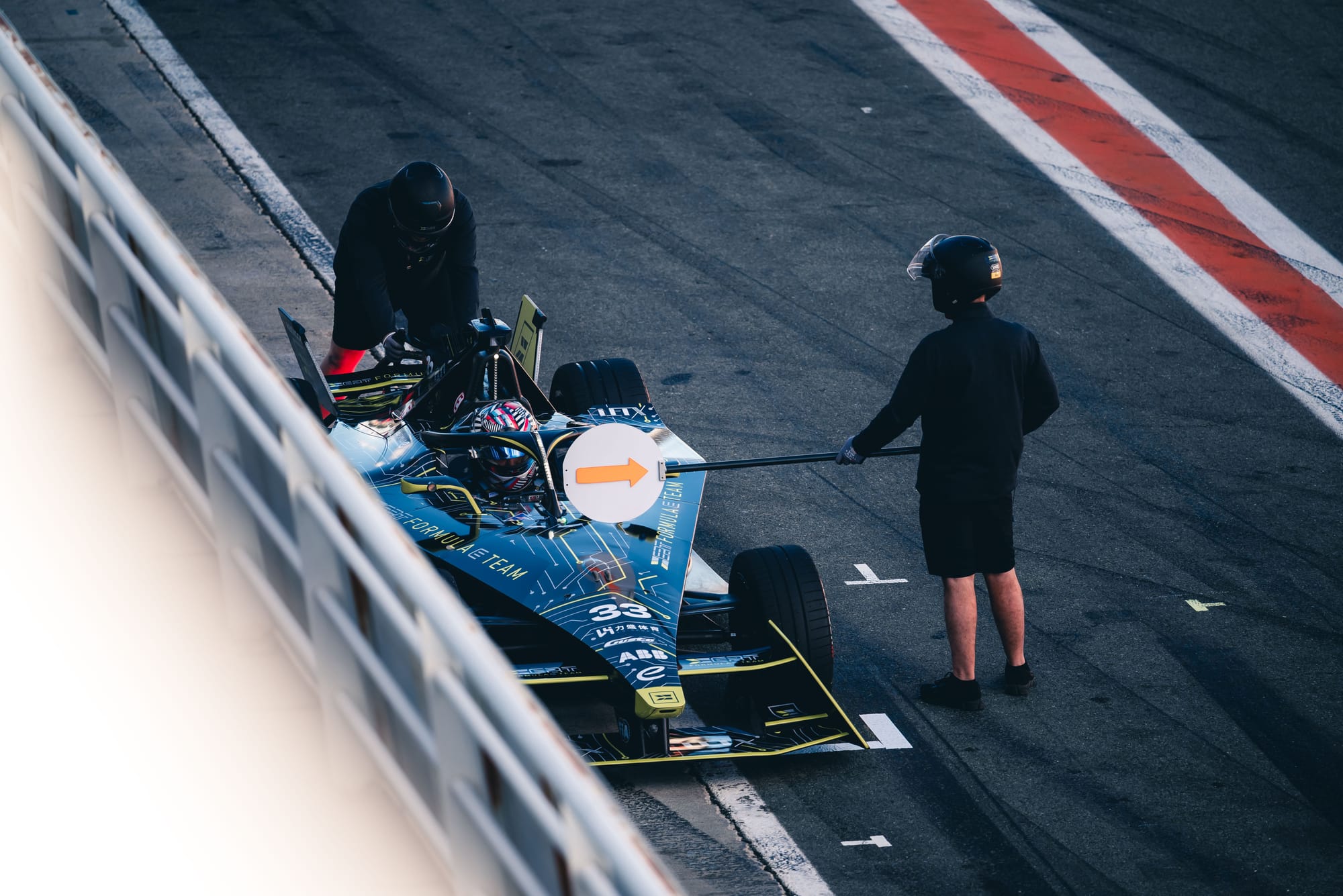
Yet the FIA wrote the attack charge plans into the regulations for whenever it had become tried and tested, with the assumption that 2024 would be the season in which it became an active part of the sporting framework after being a non-starter the previous season.
That didn’t happen. And for good reason. Despite the first on-track tests having taken place in the late summer of 2022, it became evidently clear in early E-Prix tests at the start of 2024 that it was far from ready.
Envision Racing experienced two compromised batteries after tests, while Sergio Sette Camara had a cataclysmic RESS (energy storage system) failure on the way to the grid in Mexico City, although it was never publicly disclosed whether this was linked or not to the attack charge practice that teams undertook there.
Further tests were carried out in Sao Paulo, with talk of attack charge being implemented for the Misano races the following month. This was soon quashed amid fears that reliability would compromise the races and the quickly-forming title fight.
Testing was back on the agenda at the London E-Prix last month and was said to have gone well, meaning that some momentum will be carried through for those hoping for an eventual deployment, and the return of pitstops, for the new season starting at Sao Paulo in December.
A final decision is not expected until after the pre-season Valencia running in early November when further attack charge tests will no doubt be carried out.
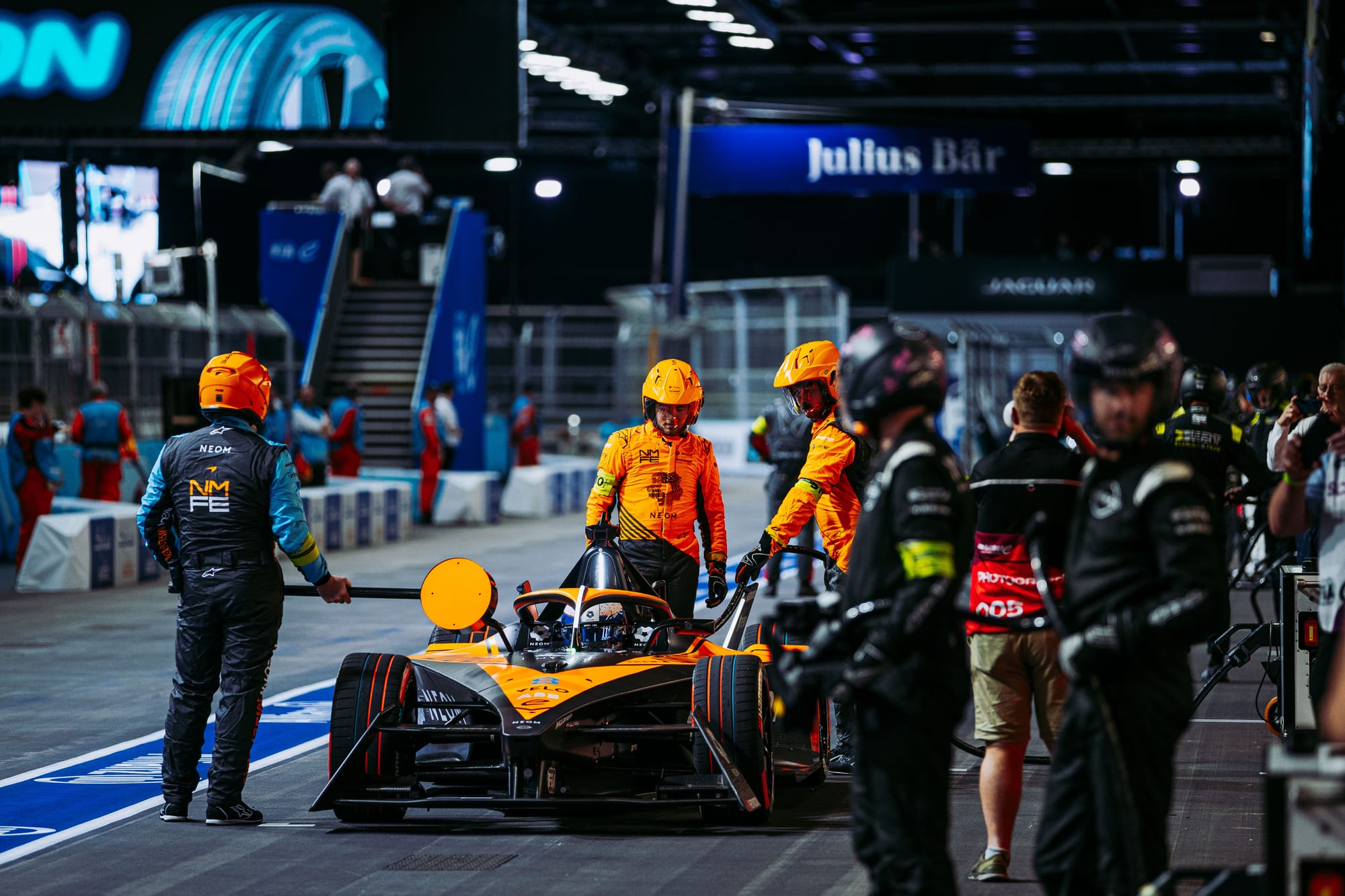
At this time, The Race understands that an agreed number of successful charges is required to sign attack charge off for racing - but that said number is currently being debated.
Yet some within the Formula E paddock are clearly losing their appetites for the initiative, which is believed to have locked-and-loaded commercial underwriting with it for supplier, governing body and promoter.
"We've got to give WAE every opportunity to resolve the challenges that we've seen with it; I think personally my enthusiasm for it is waning," Andretti’s Roger Griffiths told The Race recently.
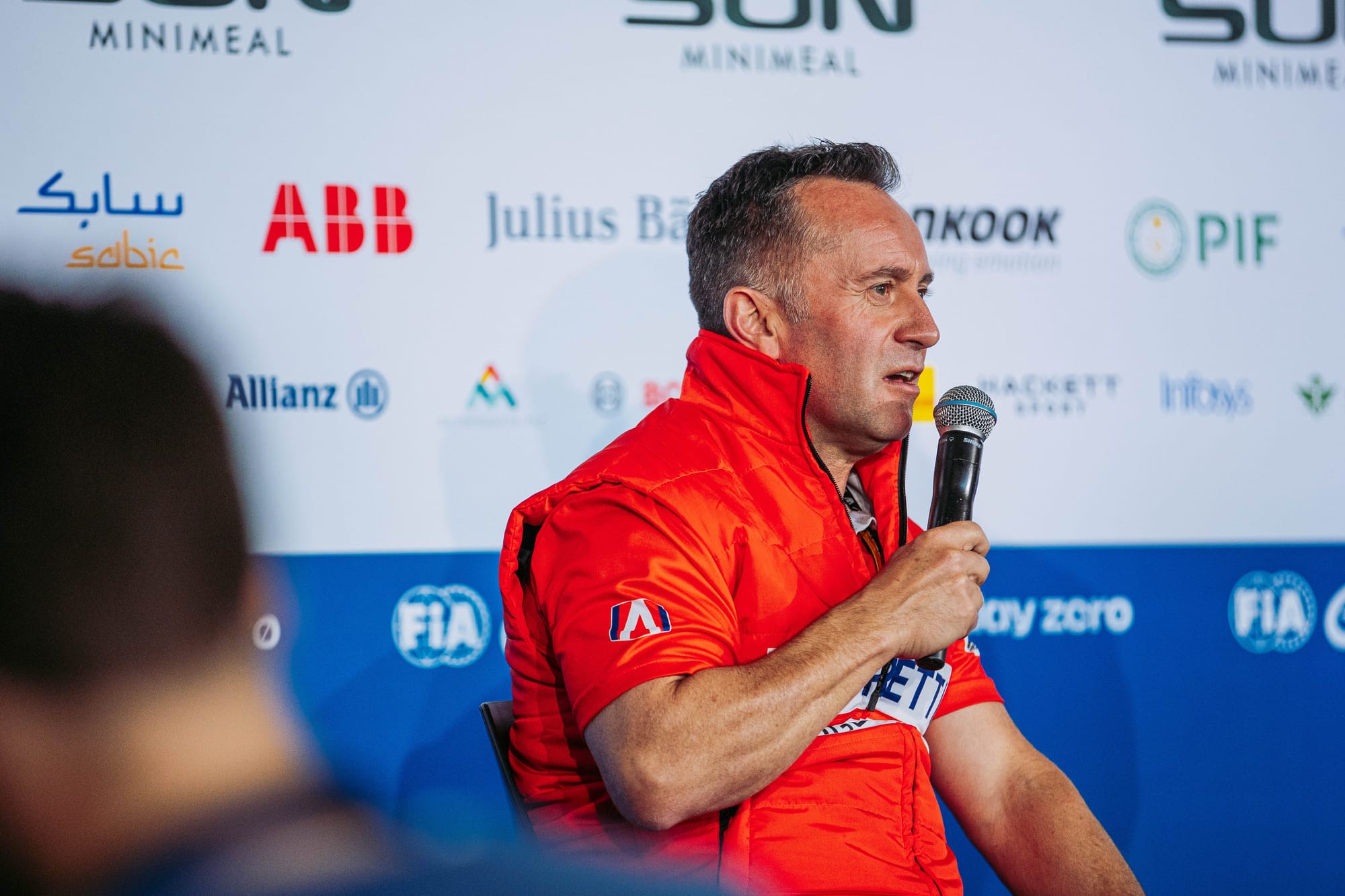
"If the championship decides that it's part of the racing format then we'll go with that, but I'm starting to wonder whether its time has come and gone and maybe it would have been the right thing at the start of season nine [2023] but not going into season 11 [2024-25]."
Griffiths's concern here is understandable. Going into the new season there are a raft of upgrades to the Gen3 cars that include the occasional use of four-wheel drive, increased power, a new tyre and fresh aero.
Concerns aren't necessarily on a reliability front, although plainly that is crucial, but more that the focus needs to be more on the car as opposed to a long-promised sporting tweak.
This is especially the case considering that the initial feedback from drivers who have tested the Gen3 Evo cars to The Race is that the attack mode, so blunted by grip levels in the first two Gen3 seasons, will now be much more relevant with the four-wheel drive and softer Hankook tyres.
At the London E-Prix, McLaren team principal and chair of the Formula E Teams' and Manufacturers' Association Ian James said "we shouldn't even be considering introducing" attack charge until it is reliable.
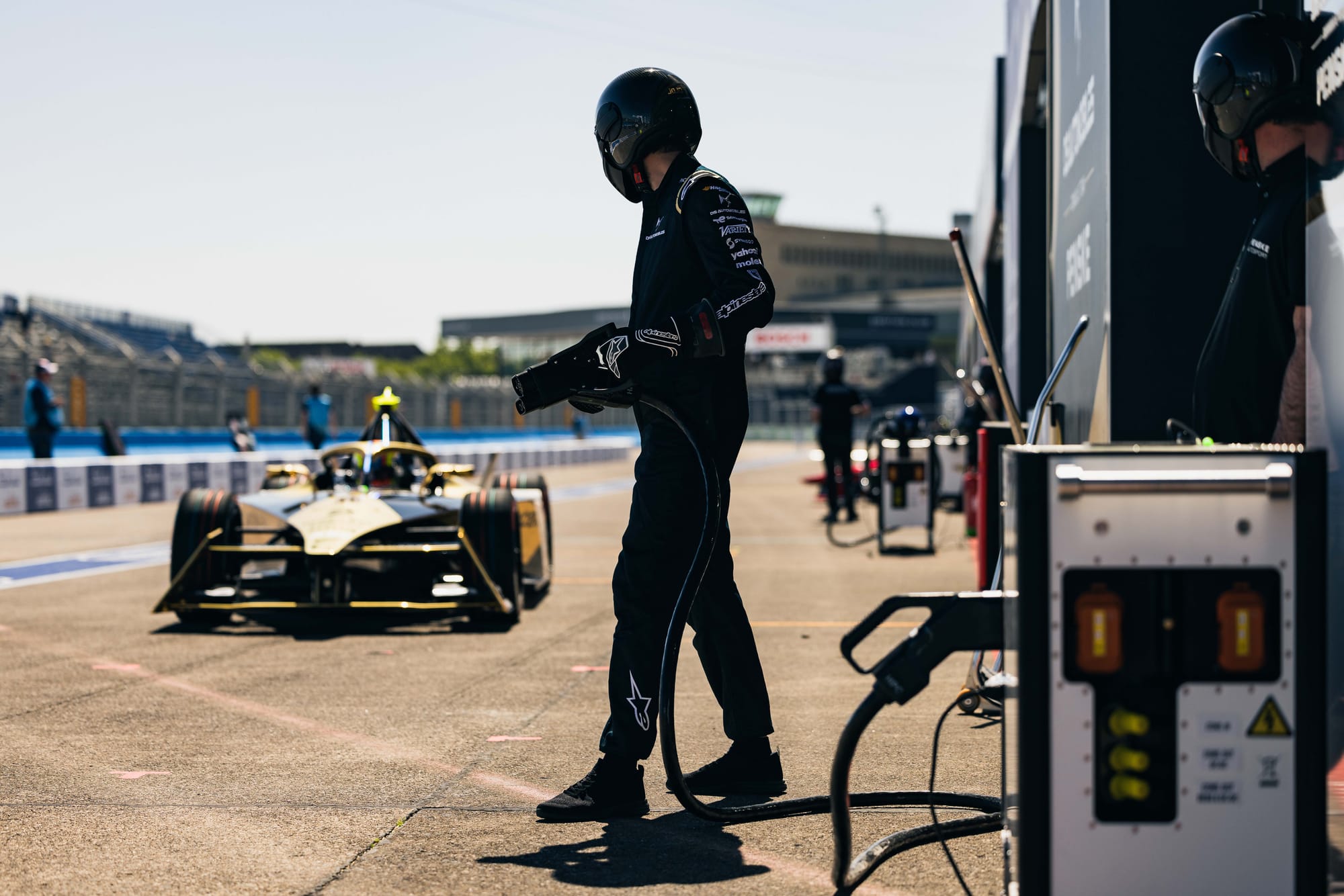
"The tests that are going on are part of that prove-out process and I'm sure those that are directly involved will be the first to admit that it's taken a lot longer than they would have liked," James told The Race.
"As to whether we get to a point where it still makes sense to introduce it, again, I think that we need to take a look at ensuring that we're all convinced that it's bringing value to the championship as a whole.
"Then we can take an educated decision on that basis. The first thing, the most crucial thing, is making sure that it reaches that level of maturity. I think everybody here - the teams, the manufacturers - is going to be involved in that prove-out.
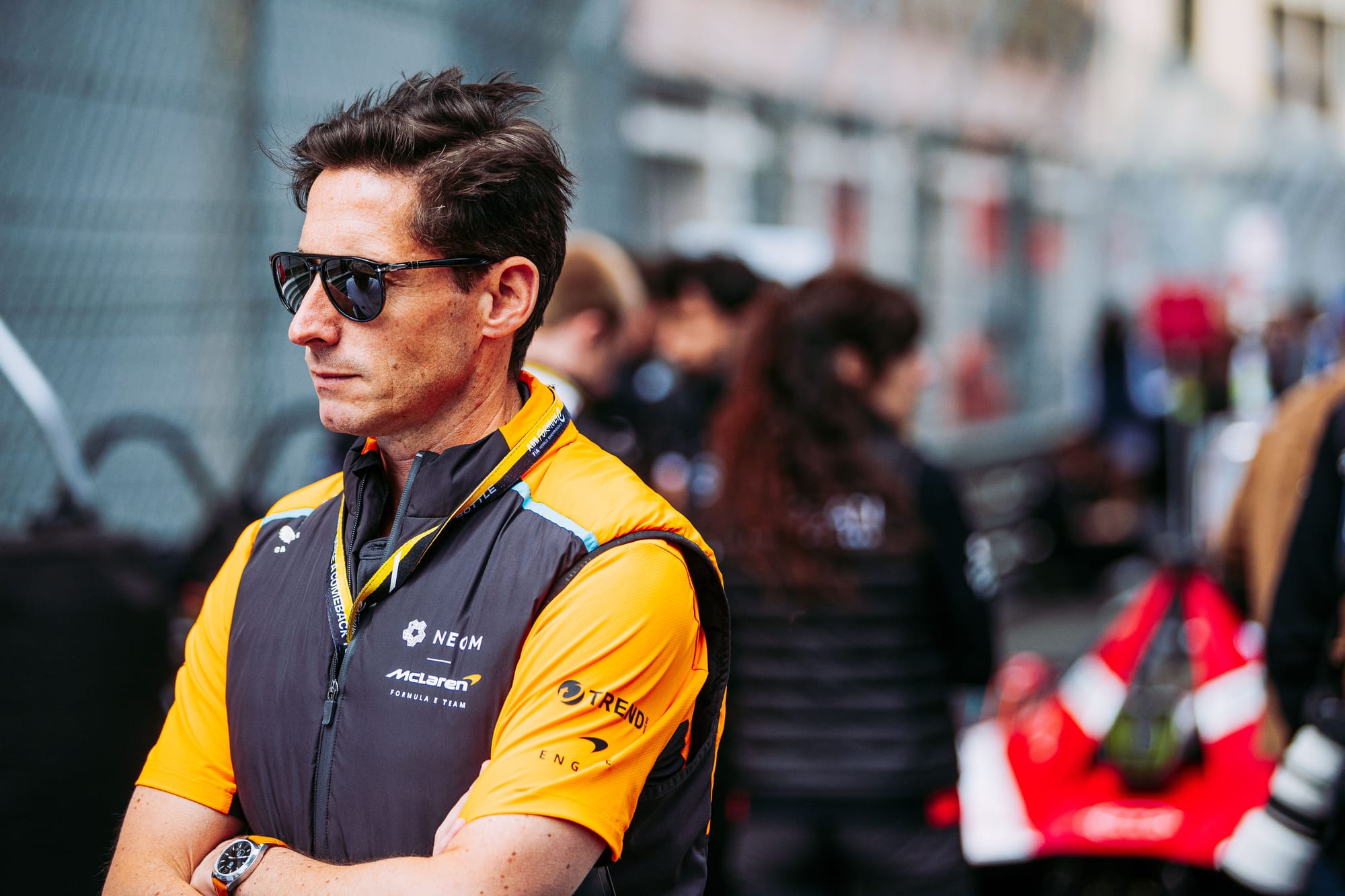
"The manufacturers have been involved in some off-event testing through their programmes as well. The support has been there. I will, from a personal perspective, give my opinion as to whether it's going to be the right thing to introduce once we get to a point where we can actually introduce it."
The motivation and foresight of attack charge is easy to see, because with the right dynamism and storytelling it could be just as funky and credible as attack mode.
But one key unanswered thread so far is how the promoter will make the most of such a potentially key strategy.
During first practice in London, The Race was fortunate enough to be at the back of the Envision box watching Robin Frijns get his practice charge. Those 30-35 seconds feel an awful long time when viewed up close. On a TV screen it will feel like the dying embers of the fifth day of a cricket test match.
How will Formula E make these stops look and feel dynamic?
The driver literally sits there having engaged neutral, while the mechanic applying the charge is stock-still. It will need serious thought because there's the potential for these stops to feel like a languid folly, especially compared to F1's ludicrously fast stops, or even the World Endurance Championship's much longer but multi-faceted fuel-, tyre- and driver-change whirls.
But first, the bulletproof reliability has to come by the autumn. Because until then the plan is simply a non-starter.
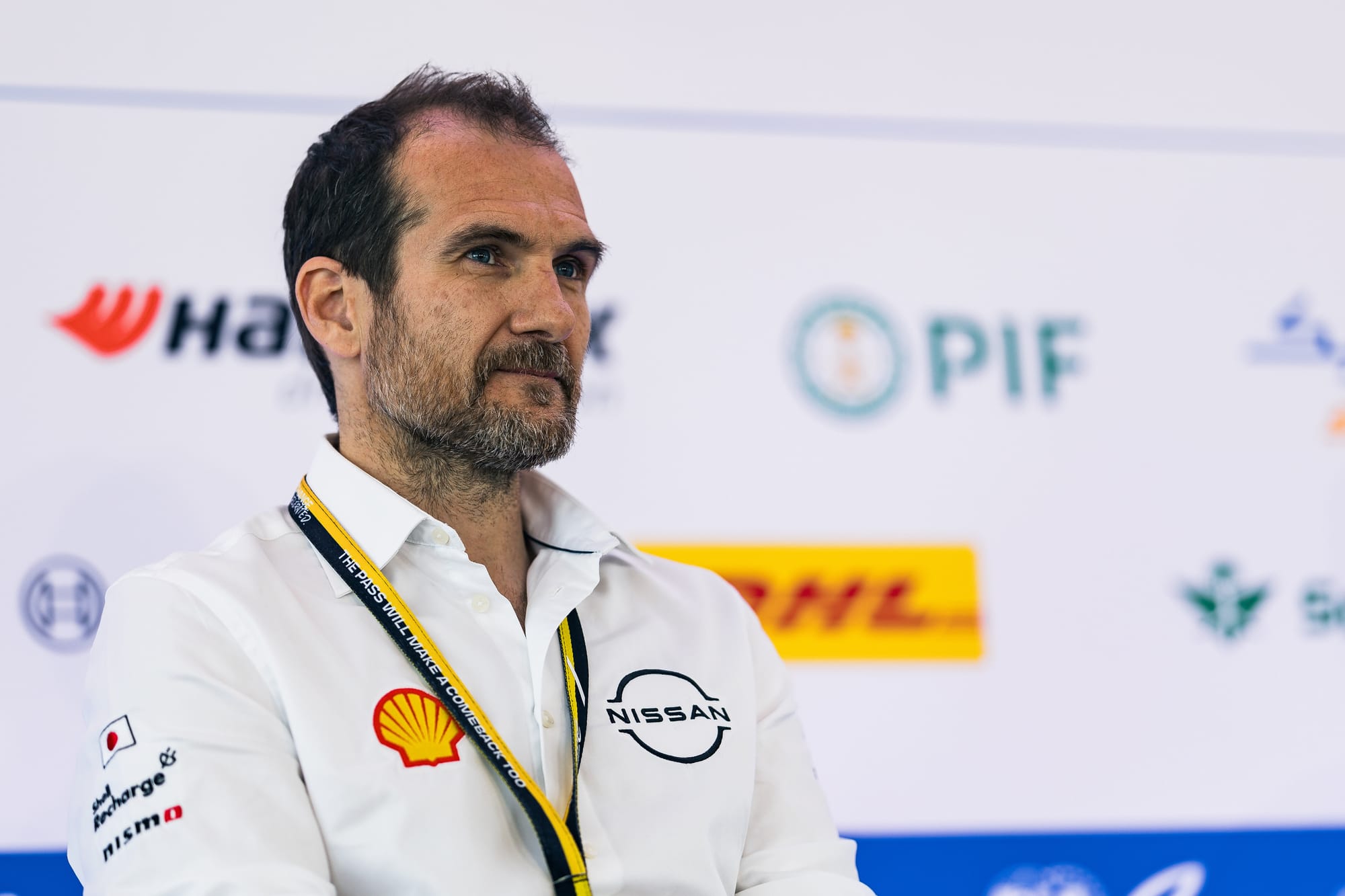
"As [long as] there is not a full validation of the technology, no one has interest to introduce it," Nissan team principal Tommaso Volpe told The Race.
"We are still in this process. The intention is to have it next season, the same way the intention was to have it this season.
"We are still in this validation process. Only time will tell."


